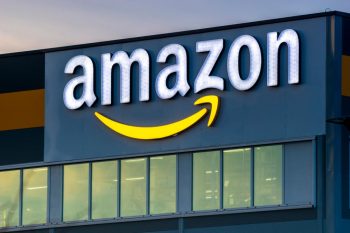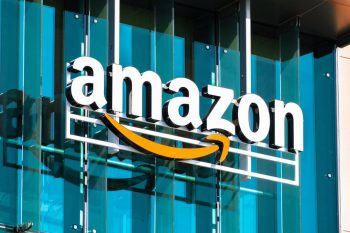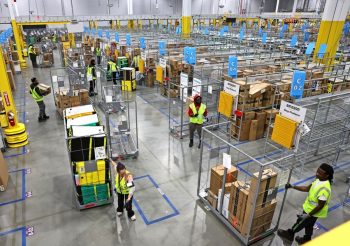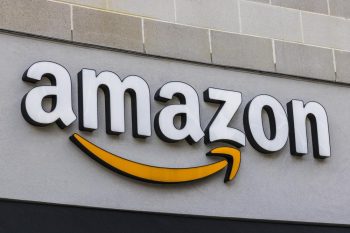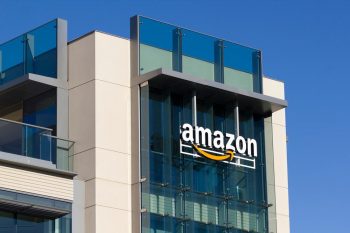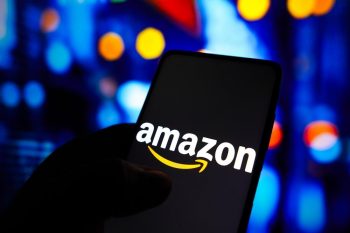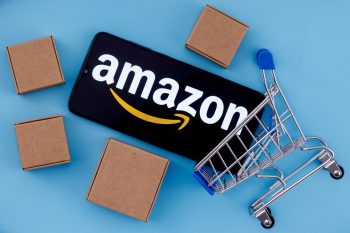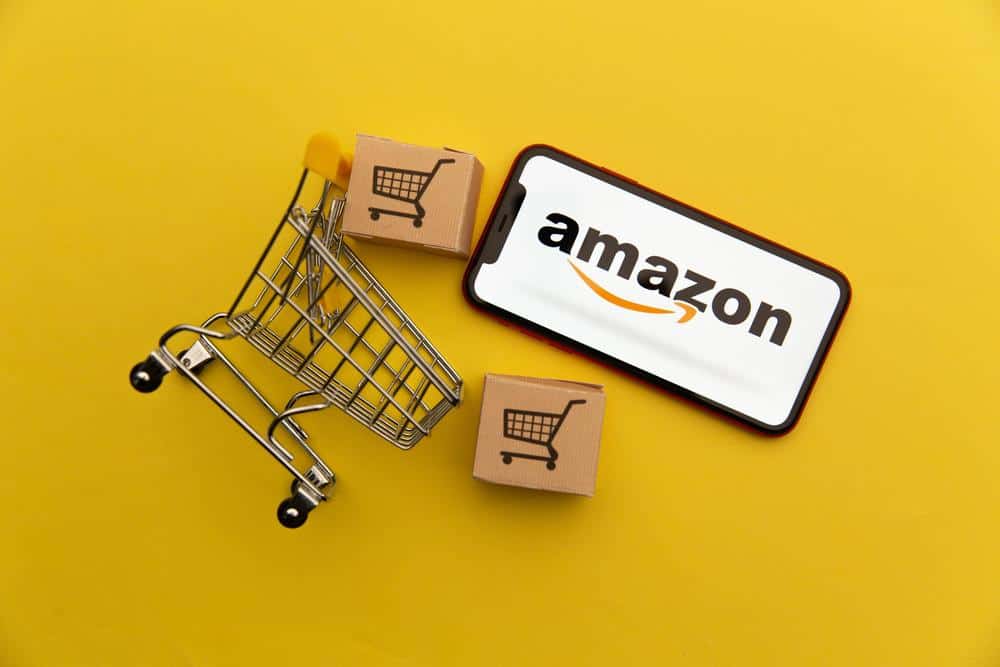
Amazon’s supply chain is a complex and highly sophisticated network that powers one of the largest e-commerce platforms in the world. From inventory management to delivery, Amazon’s supply chain is designed to operate efficiently, cost-effectively, and with a focus on customer satisfaction.
Amazon’s supply chain works through a vast network of fulfillment centers that store, manage, and ship products to customers. It leverages advanced technology and automation to improve efficiency, reduce costs, and enhance customer experience. Amazon also uses sophisticated techniques such as machine learning and data science for inventory management and is innovating its delivery methods for faster and more reliable service. The company also focuses on sustainability and has implemented several measures to ensure ethical and environmentally-friendly practices in its supply chain.
Structure and Function of Amazon’s Supply Chain
Amazon’s supply chain consists of several key elements, including warehousing, inventory management, pricing, and delivery. The company operates a vast network of fulfillment centers, critical to its supply chain success. These centers store and manage inventory, responsible for picking, packing, and shipping products to customers.
Amazon’s supply chain strategy focuses on providing customers with fast and reliable delivery, competitive prices, and a wide selection of products. Amazon offers two fulfillment options to third-party sellers, who account for 55% of all sales made on the platform: Fulfillment by Amazon (FBA) and Fulfillment by Merchant (FBM).
The company’s supply chain management approach embraces technology and automation to improve efficiency and reduce costs. Amazon uses various robotic solutions for picking and packing orders, as well as stacking and storing inventory.
Role of Technology in Amazon’s Supply Chain
Technology plays a crucial role in Amazon’s supply chain management, enabling the company to optimize processes, reduce costs, and enhance customer experience. Some key areas where technology is employed in Amazon’s supply chain include:
- Inventory management: Amazon uses advanced techniques and technologies, such as machine learning and data science, to predict demand and optimize inventory management.
- Warehouse operations: Amazon has implemented automation and robotics in its fulfillment centers to improve efficiency and reduce labor costs.
- Last-mile delivery: Amazon is constantly innovating its delivery methods, including the use of drones, to reduce delivery times and improve customer satisfaction.
Managing Logistical Challenges
Amazon handles the logistical challenges posed by its vast product range and global reach through a combination of strategies, technologies, and partnerships. Some of the key approaches include:
- Ensuring product availability: Amazon focuses on striking a balance between having too much stock and not having enough stock to avoid excess inventory costs and lost sales opportunities.
- Managing inventory: Amazon consolidates its inventory into a single global pool, enabling auto-replenishment of out-of-stock products by automatically redistributing stock when inventory levels run low.
- Optimizing order processing time: Amazon integrates various back-end systems to minimize order processing time and meet customer expectations for on-time delivery.
- Chartering its own ships and planes: To avoid bottlenecks in delivery networks and supply-chain logjams, Amazon leases private cargo vessels and operates its own fleet of planes and delivery trucks.
Ensuring Sustainability in the Supply Chain
Amazon takes several measures to ensure sustainability in its supply chain:
- Supply Chain Standards: Amazon has established Supply Chain Standards that apply to all suppliers of goods and services for the company and its subsidiaries.
- Supplier Code of Conduct: Amazon’s Supplier Code of Conduct outlines requirements for suppliers to respect human rights, provide safe and inclusive workplaces, and promote a sustainable future.
- Management Systems: Amazon encourages suppliers to adopt management systems that focus on continuous improvement and worker communication to develop sustainable workplaces.
Challenges and Solutions
Despite its sophisticated supply chain, Amazon faces several challenges, including procurement, inventory management, seasonal spikes, and supply chain volatility. To address these challenges, Amazon has implemented several solutions:
- Amazon Warehousing & Distribution (AWD): AWD addresses critical supply chain challenges by providing bulk inventory storage and automated distribution, helping sellers grow and manage their businesses while significantly cutting costs.
- Supply Chain by Amazon: This end-to-end, fully automated set of supply chain services allows sellers to benefit from Amazon’s advanced logistics, warehousing, distribution, fulfillment, and transportation capabilities, ensuring products are in stock, shipped faster, and more reliably, and at lower costs.
- AWS Supply Chain: This cloud application improves supply chain visibility, delivers actionable insights, and helps customers mitigate supply chain risks and lower costs.
In conclusion, Amazon’s supply chain is a complex and sophisticated network that leverages technology, strategic partnerships, and a focus on customer satisfaction to deliver a seamless shopping experience. From inventory management to last-mile delivery, Amazon’s supply chain is a model of efficiency and innovation.
Frequently Asked Questions
What is Fulfillment by Amazon (FBA)?
Fulfillment by Amazon (FBA) is a service provided by Amazon that allows sellers to store their products in Amazon’s fulfillment centers. Amazon takes care of storage, packaging, and shipping of products, as well as customer service and returns. This allows sellers to scale their businesses and reach more customers.
What is the difference between FBA and FBM?
The main difference between Fulfillment by Amazon (FBA) and Fulfillment by Merchant (FBM) lies in who is responsible for handling inventory and fulfillment. In FBA, Amazon takes care of these tasks. In FBM, the seller is responsible for maintaining inventory, packing, shipping, and customer service.
What kind of technology does Amazon use in its warehouses?
Amazon uses a variety of technologies in its warehouses, including robotics, automation, machine learning, and data science. For example, Amazon uses robots to move shelves and pick items for orders, and machine learning algorithms to predict demand and optimize inventory management.
How does Amazon manage its inventory?
Amazon manages its inventory using advanced techniques and technologies. The company consolidates its inventory into a single global pool and uses machine learning and data science to predict demand and optimize inventory levels. When inventory levels run low, Amazon automatically redistributes stock to ensure product availability.
How does Amazon ensure sustainability in its supply chain?
Amazon ensures sustainability in its supply chain through several measures, including establishing Supply Chain Standards and a Supplier Code of Conduct that require suppliers to respect human rights, provide safe and inclusive workplaces, and promote a sustainable future. The company also encourages suppliers to adopt management systems that focus on continuous improvement and worker communication.


